DrunkkToys : Concept To Completion - Bringing Your Product to Market, Building an Audience, and Sales Strategies!
Bringing Your Product to Market: Building an Audience and Sales Strategies: Guide readers through the post-production phase, offering advice on marketing strategies, audience engagement, and sales tactics... after our previous posts HERE, HERE, HERE, and HERE... Igino aka Morticella of DrunkkToys continues to share his series on the experience he has had in creating his characters... and this is the fifth and final installment. So enjoy the read, and be sure to check out the others linked above! This has been a joy to share and I hope you all have had fun reading it as well!
As we come to the end of this journey, you've invested in production and are now ready to sell your toy. However, it's crucial to acknowledge that the designer toys market is quite niche. For instance, the keyword "designer toys" is searched on Google only about 10,000 times per month, indicating its limited reach. Moreover, the competition is fierce, with new designer toys entering the market regularly, making the landscape even more challenging to navigate. Success hinges greatly on a robust advertising strategy.
While selling 150, 200, or 500 pieces may seem straightforward, from my perspective, this is the most daunting part of the journey. Ultimately, I find myself standing at a precarious threshold: either I'll become a recognized designer toy or my journey will end here. It's a nerve-wracking realization, as the dream could abruptly come to a halt, beyond my control. Thus, I must prepare myself for the final battle ahead.
To cultivate my audience on Instagram, I've adopted a straightforward technique that doesn't require advanced skills. Each day, I carefully select four posts that resonate with my target audience, and I explore the accounts of those who have liked them. Instagram typically displays only 100 profiles by default, which helps maintain a consistent flow over time. I take the time to visit these profiles and engage with three of their posts, choosing those that resonate most with me rather than the first three that appear. I consciously avoid profiles with overtly political content.
I integrate this activity into my daily routine, typically engaging twice during my commute, once during the last break of the day, and once before bedtime. This approach enables me to reach approximately 300 to 320 profiles each day, resulting in around 10,000 visits per month. From these visits, approximately 25% to 30% will visit my own profile, with 10% to 15% engaging with my content, and around 4% to 6% ultimately deciding to follow me.
While some may perceive this approach as spammy, I want to emphasize that exploring these accounts has provided me with inspiration, opportunities to learn something new, and connections with interesting individuals like SpankyStokes and BalkongToys, among others. It's about more than just increasing my follower count—it's about building genuine connections within the community. Over the course of 8 months, I've successfully amassed over 2,000 followers on Instagram. However, I remain cognizant that having a large following doesn't guarantee sales. Realistically, I estimate that only around 2/3 of my followers will potentially convert into customers. Nevertheless, this growing follower base represents a significant milestone, serving as a solid foundation for future growth and expansion opportunities. Alongside my Instagram efforts, I've launched a website, placing more faith in SEO (Search Engine Optimization) than social media. I'm diligently working to optimize it, understanding that SEO requires time to yield results. With a new domain lacking authority, achieving success in just 8 months is unlikely; it typically takes 18 to 24 months to witness noticeable results, particularly when competing in the fiercely competitive US market.
However, this serves as a sort of contingency plan—a final opportunity. If my efforts on Instagram and advertising fall short, I'm hopeful that organic traffic generated through SEO could help sell a portion of my toys in the future, allowing me to recoup some of my investment.
The crux of my strategy lies in paid advertising. I've conducted some initial tests, beginning with the idea of fundraising by soliciting pledges. To test the waters, I created a reel on Instagram and invested $100 to gauge the response. The content garnered significant interaction, amassing 10,000 views and 100 likes, while driving 300 visits to my landing page. The engagement was promising, with a low bounce rate. However, only 50 visitors proceeded to the cart page, and a mere 23 reached the checkout page, with no conversions. I recognized from the outset that achieving my goal of raising $2,000 to $3,000 was highly improbable. Building trust proved challenging, especially given my status as an individual rather than a company, potentially raising suspicions. Additionally, my website was limited to just the homepage and the landing page, further complicating matters. Despite the lack of conversions, I hesitate to deem this endeavor a failure; rather, it served as a valuable learning experience. My primary objective was to assess the reach achieved with a $100 investment.
Ultimately, this project was abandoned due to the complexity of the toy I intended to produce. Further details can be found in the second article of this series. As I prepare for the launch campaign, my skills come into play, particularly in testing A/B variations. My goal is to determine the most effective approach for the campaign. If I can successfully sell a toy with ads costing less than or equal to $30, the operation will be considered highly successful. Alternatively, if each conversion falls within the $30 to $50 range, the advertising efforts will yield acceptable results. However, if the cost per conversion exceeds $50, the campaign will incur losses with no return on investment (ROI). However, A/B testing alone isn't sufficient for me. I'm planning to conduct a platform A/B test, utilizing AdWords (Google) as well to compare ROI between platforms. With a cost per click (CPC) of up to $2.50, AdWords may generate fewer but more qualified leads. One significant distinction between search engine and social media advertising lies in the timing of audience interest. When a target audience is reached through a search engine, they're likely interested in the product at that very moment. In contrast, on social media, the algorithm may target individuals who showed interest in the product months ago, with the assumption that they may still be potential customers. While this approach is valid, the likelihood of conversion may be lower.
Lastly, I'll endeavor to tap into the art toy community by crafting a press release to send to prominent blogs like SpankyStokes, TTC, Vinyl Pulse, and others. I'm hopeful that they'll assist me in generating sales, as they serve as ideal platforms to reach my potential target audience. However, there's no guarantee that they'll accept and publish my press release, so I must consider this uncertainty in my strategy. Now, all that's left is to patiently wait and observe the results. As we conclude this series, I want to apologize if, at times, I oversimplified certain concepts or steps. Delving too deeply into technical details might become cumbersome for art lovers. Consider this series a testament; if I fail, at least my story won't be forgotten, a light-hearted acknowledgment. I hope you've enjoyed accompanying me on this journey. My final words extend gratitude to John for graciously hosting this series. (It's my absolute pleasure, dude)
.png)
_SpankyStokesBanner_231120.jpg)
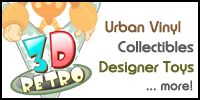


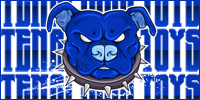
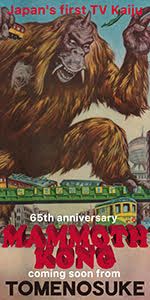
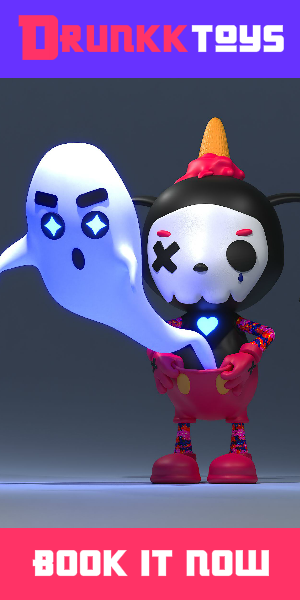
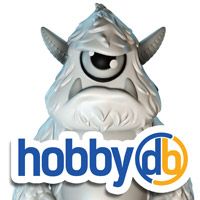








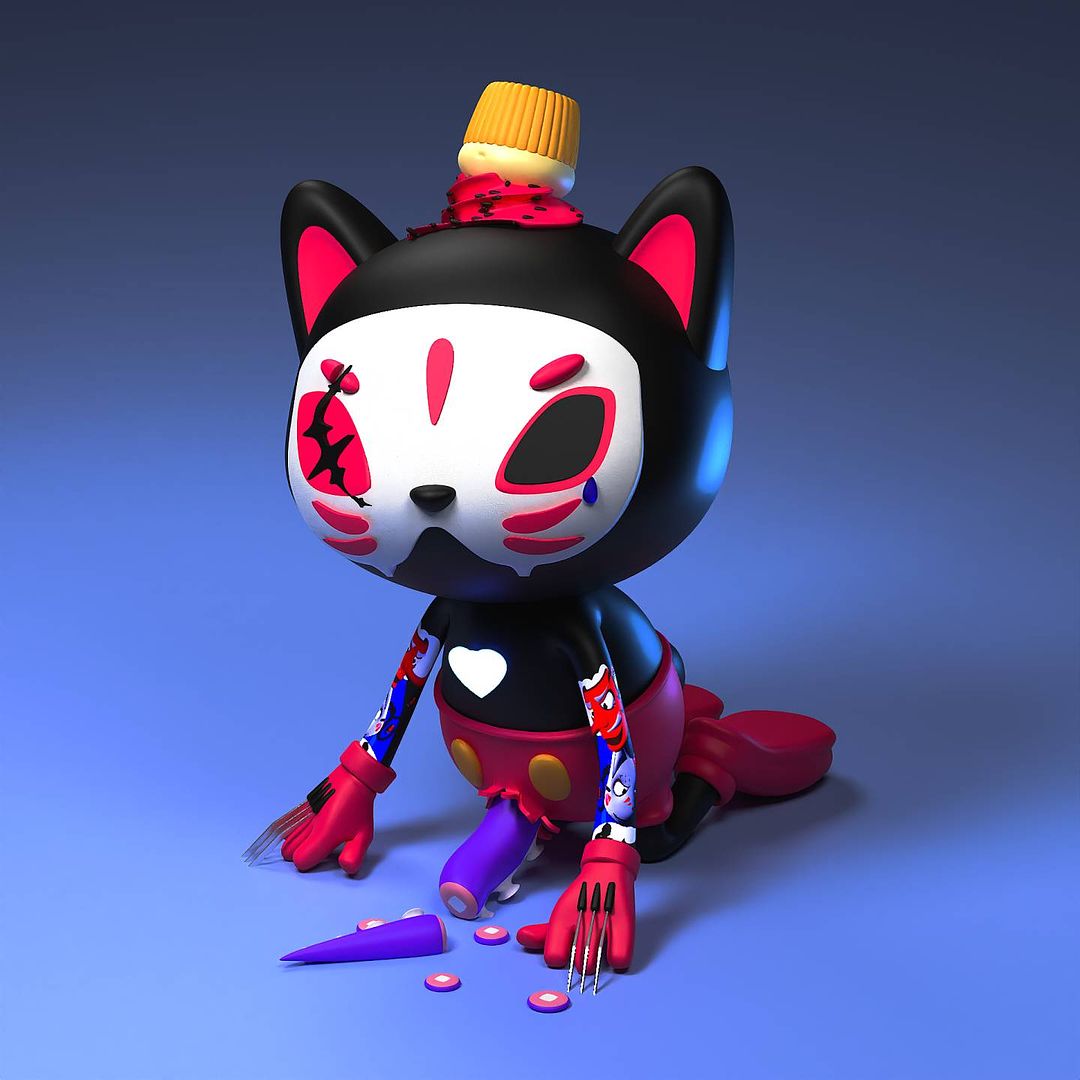
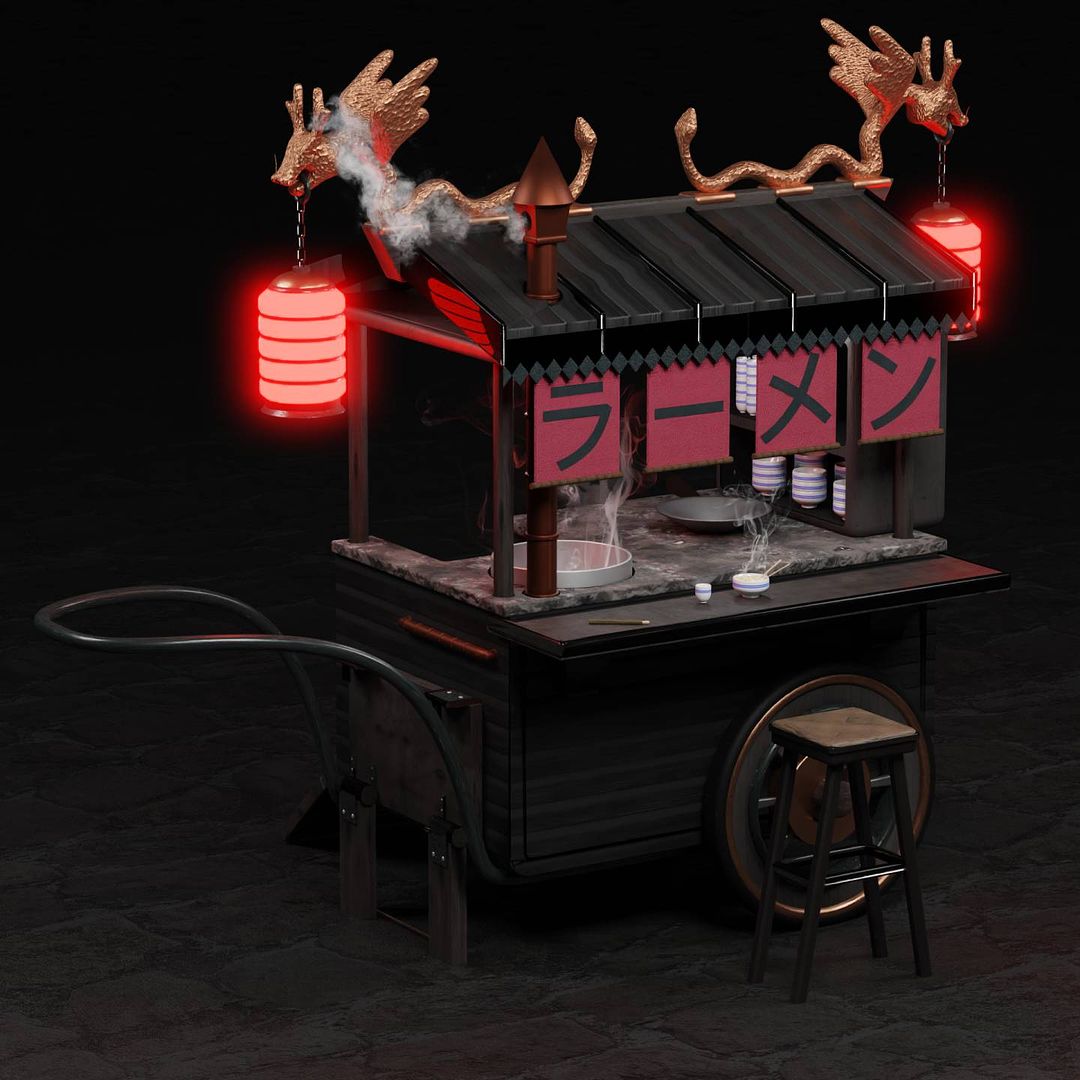

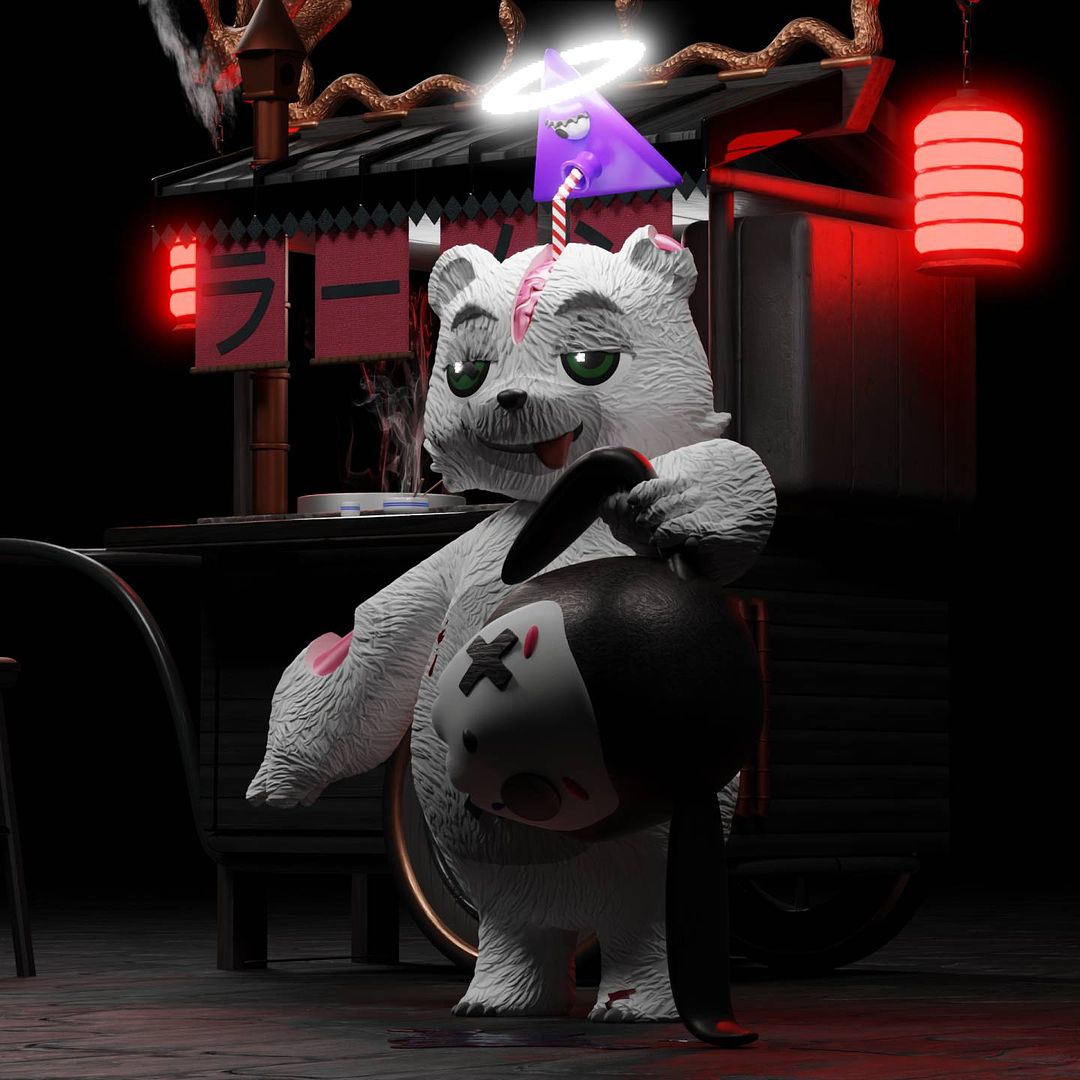

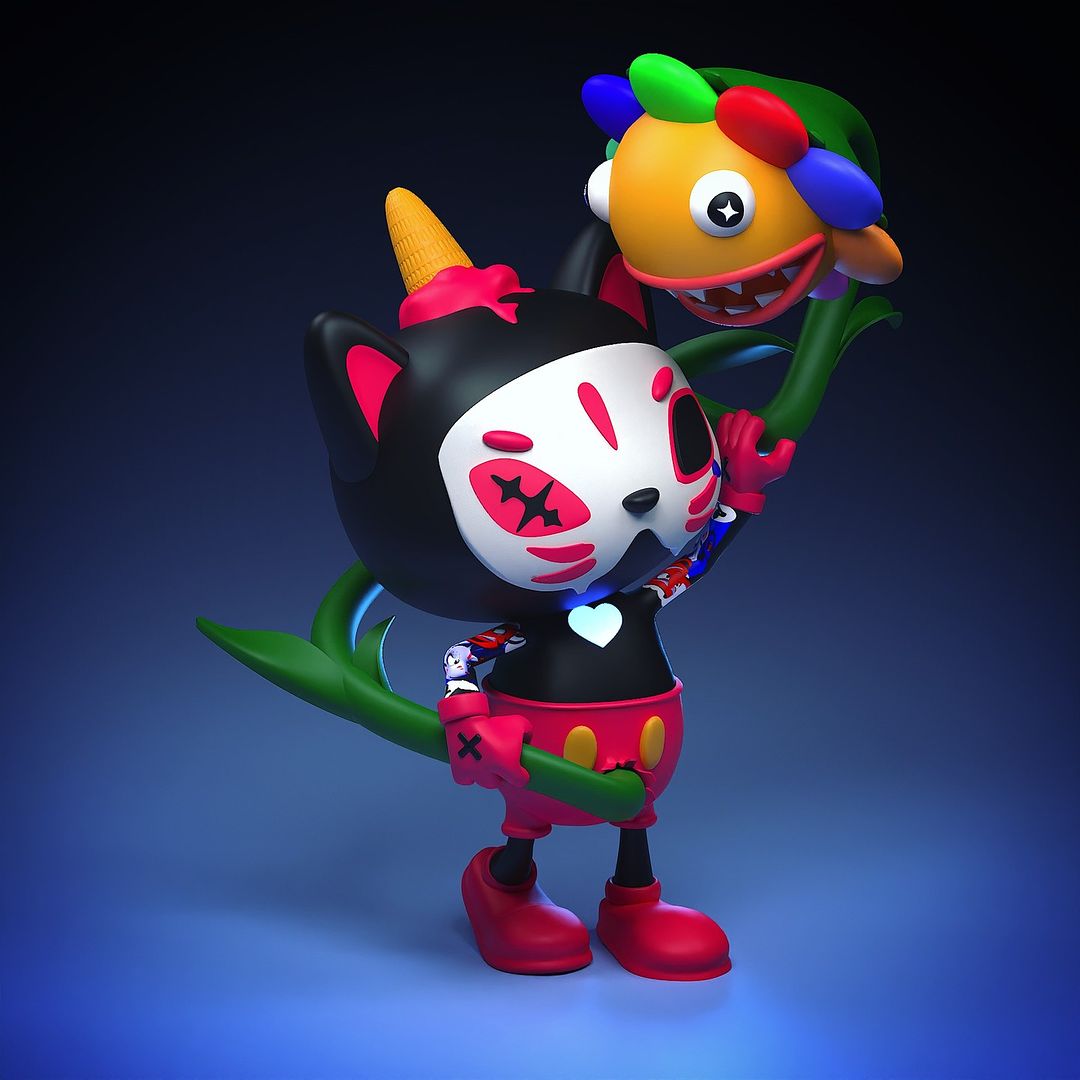
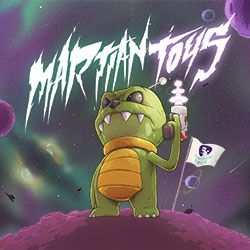
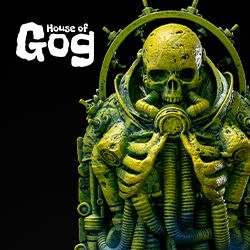
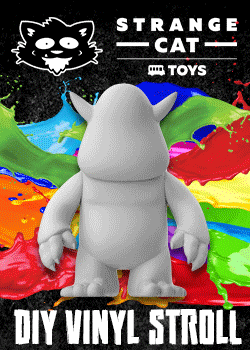
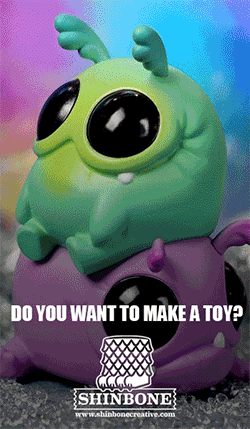

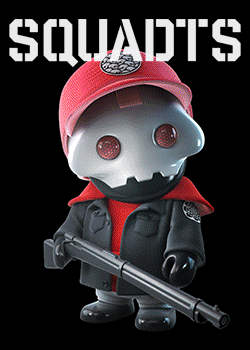

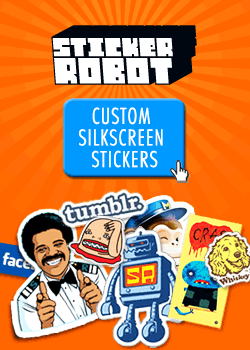




Post Comment
No comments
Post a Comment